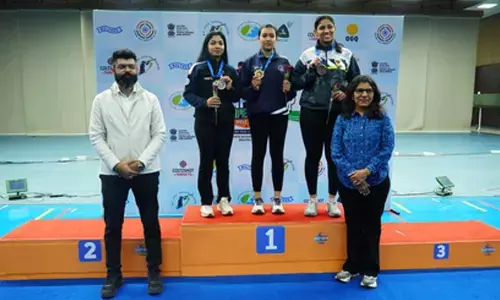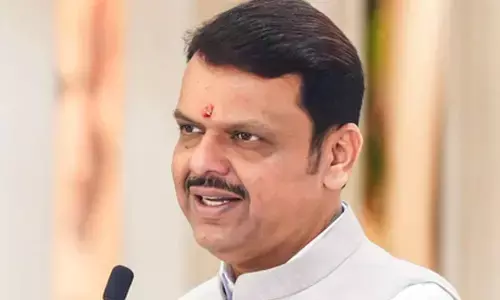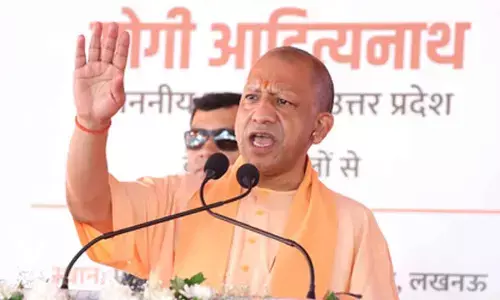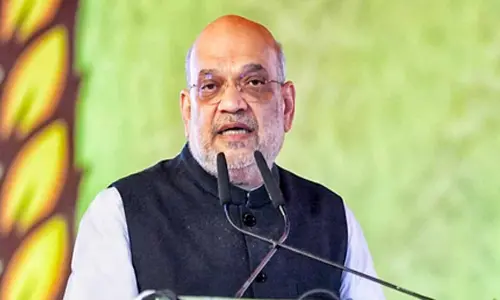Young Indians average 7 hours on social media: IIM-Rohtak study
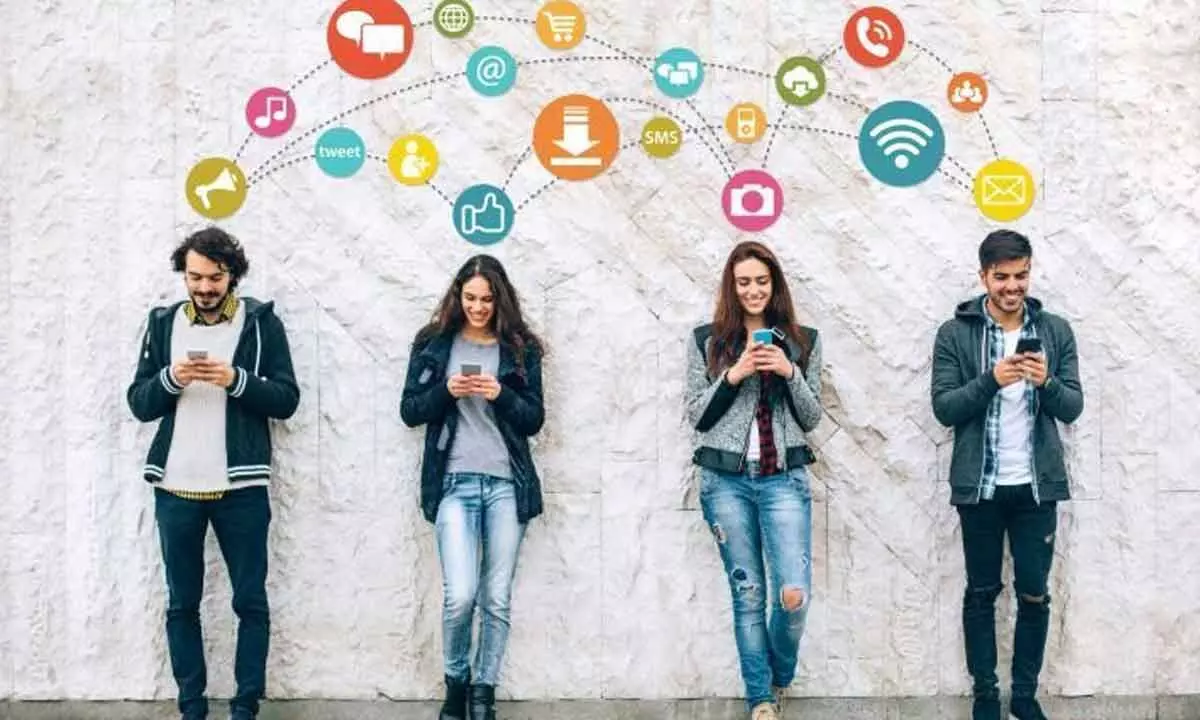
The study says, entertainment-related contents have the highest 54.52 per cent viewership while other content viewed on social media includes professional and self-help (26.23 per cent), education, knowledge and news (14.28 per cent) and political content has 4.97 per cent viewership. When it comes to consuming content on OTT platforms, the study revealed that YouTube is at the forefront with 32.03 per cent of youth preferring it
New Delhi: A study by the Indian Institute of Management (IIM) Rohtak on social media usage by youth revealed that the average screen time of a male is 6 hours 45 minutes while that of a female is 7 hours 5 minutes. The study also revealed that about 60.66 per cent of the youth use social media platforms, with its highest usage during evening hours.
The highest viewership -- more than 50 per cent -- is of content related to entertainment.
According to the IIM, there has been an unprecedented increase in the use of smartphones and social media platforms across the world in the last decade. With affordable data plans and increasing internet facilities, a large number of youth in the country are turning towards digital media.
Social media platforms such as Instagram, WhatsApp, and Facebook have become virtual public spaces through which youth exchange their ideas and experiences. While on the one hand, these platforms provide connectivity, on the other hand, they also contribute to increasing screen time.
From following trends on Instagram to watching content on YouTube, the screen time of youth has increased significantly due to social media.
The study was conducted by a team of researchers from the IIM-Rohtak during October-November 2023. For this, data was collected from 38,896 youth aged 18 to 25 years.
IIM-Rohtak Director Prof. Dheeraj Sharma said that 18,521 men and 14,375 women from different regions, socio-economic and cultural classes were included in the study.
They mainly use YouTube, Instagram, WhatsApp, Safari, and Google Chrome during their screen time.
Apart from this, the trend of end-to-end encrypted WhatsApp calling instead of traditional calling is also increasing among the youth. The reason for this is that youth want privacy in their communication. Social media platforms offer a canvas for digital expression and online identity formation for youth.
According to Prof. Sharma, of the total screen time of youth on social media, 31.27 is spent on Instagram, 28.32 per cent on WhatsApp, per cent, 19.78 per cent on Snapchat and 17.20 per cent time spent on Facebook.
Citing the study, he said entertainment-related contents have the highest 54.52 per cent viewership while other content viewed on social media includes professional and self-help (26.23 per cent), education, knowledge and news (14.28 per cent) and political content has 4.97 per cent viewership.
When it comes to consuming content on OTT platforms, the study revealed that YouTube is at the forefront with 32.03 per cent of youth preferring it. According to the IIM, social media platforms provide connectivity as well as opportunities. In such a situation, it is important to adopt a judicious approach to create a synergy between digital opportunities as well as mental health and social well-being.
In today’s digital era, it is important to ensure the positive impact of digital platforms by reducing excessive screen time among the youth of the country.
Policymakers need to make such policies so that youth voluntarily limit their use of social media and use it for their own development.








